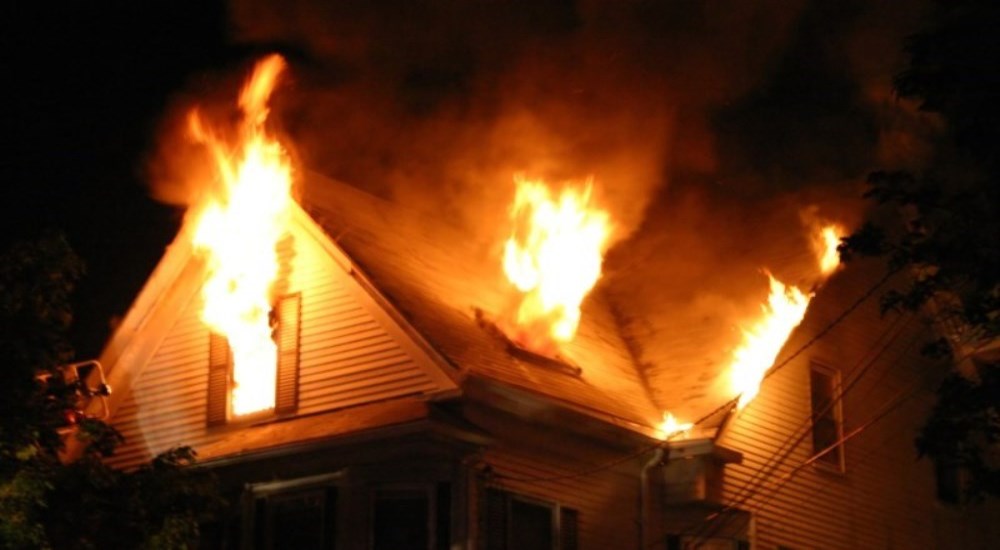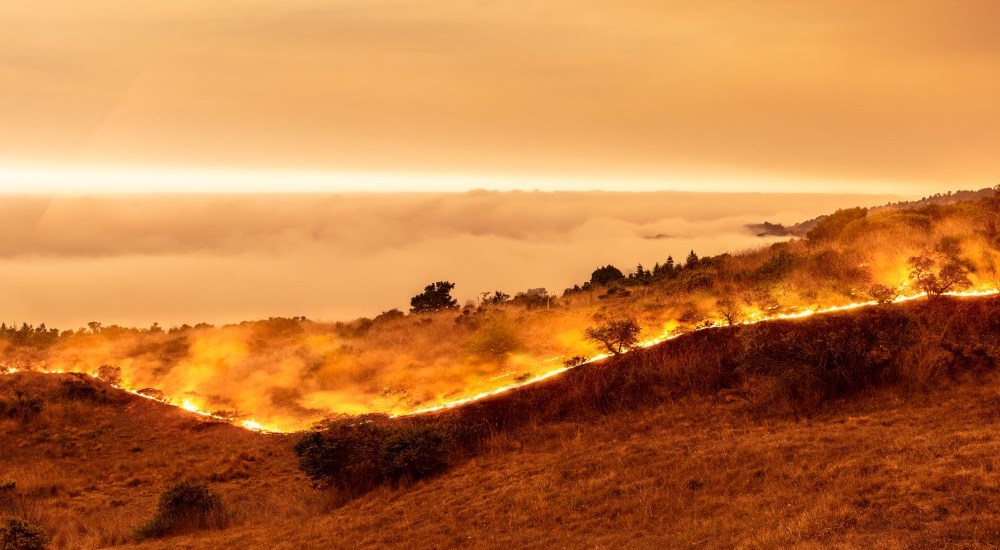Learn about Fire
- Fire is FAST! In less than 30 seconds a small flame can turn into a major fire. It only takes minutes for thick black smoke to fill a house or for it to be engulfed in flames.
- Fire is HOT! Heat is more threatening than flames. Room temperatures in a fire can be 100 degrees at floor level and rise to 600 degrees at eye level. Inhaling this super-hot air will scorch your lungs and melt clothes to your skin.
- Fire is DARK! Fire starts bright, but quickly produces black smoke and complete darkness.
- Fire is DEADLY! Smoke and toxic gases kill more people than flames do. Fire produces poisonous gases that make you disoriented and drowsy. Asphyxiation is the leading cause of fire deaths, exceeding burns by a 3-to-1 ratio.
Hundreds of thousands of acres and countless homes are burned by fire every year in California. Like earthquakes, wildfires are common in our area. Wildfire is necessary for nature to regenerate itself. As homes continue to be built in fire prone areas, being prepared is even more important. Preparing your home increases the chance that your home can withstand an approaching wildfire and improves safety for firefighters.
Structure Fires

Before a Structure Fire |
|
During a Fire |
|
Home Fire Safety Tips |
|
Keep a space heater a minimum of three feet away from flammable items. Do not use kerosene lanterns or stoves indoors. Have heating units inspected and cleaned annually by a certified specialist. Do not leave the clothes dryer on when no one is home. Do not leave candles unattended. Purchase UL approved lighting. Be extremely careful with holiday lighting. Do not overload circuits or leave Christmas trees lit while no one is home. |
Wildfires

Before a Wildfire Threatens |
|
When a Wildfire Is Headed Towards Your Home |
If you are told to evacuate, do so immediately.If the wildfire is not an immediate threat:
If you have plenty of time:
|
Contact Us
The County Office of Emergency Services (OES)
1055 Monterey Street D430
San Luis Obispo, CA 93408
County OES Business Line: 805-781-5678
County OES Business Email: oes@co.slo.ca.us




